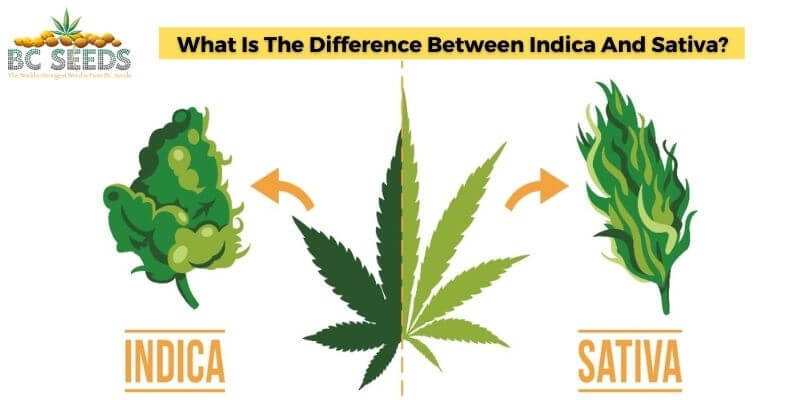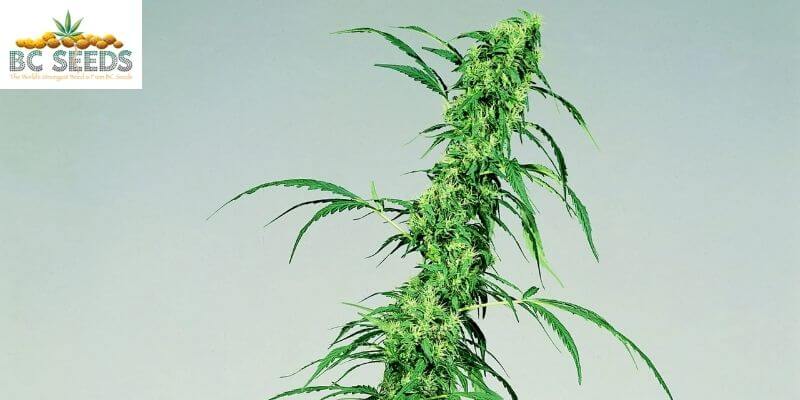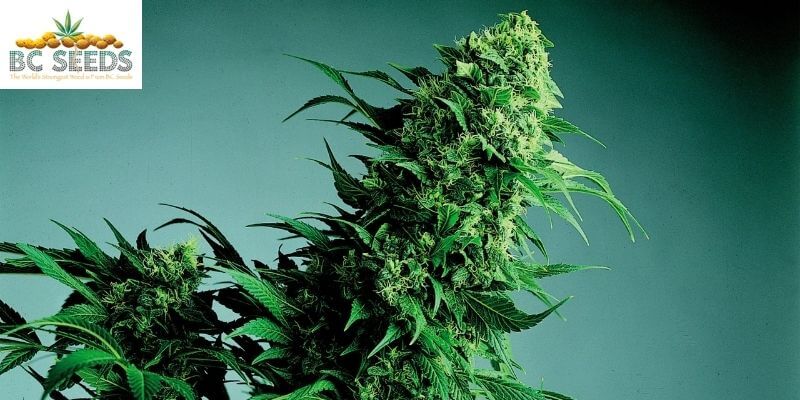What Is The Difference Between Indica And Sativa?

There are many species of cannabis, but the two main types are indica and sativa. Both types are used for several recreational and medicinal purposes. They have many similar features, but there are also distinct differences between them.
What Is Cannabis Sativa?
Cannabis sativa originates from warmer parts of the world like Central America, South America, and Southeast Asia. It contains more THC than CBD. The general perception of this type of cannabis is that it provides an invigorating, energizing, and creative high.
Sativa can also help increase creativity and focus, reduce stress or anxiety, and manage appetite loss, nausea, headaches, and depression.
What Is Cannabis Indica?
The origin of the Cannabis indica plant is the Middle East. It comes from places like Tibet, Pakistan, and Afghanistan. Generally, the indica species have higher CBD content than sativa. However, its ratio of CBD to THC is very close to 1:1.
Typically, indica plants are associated will full-body effects. This includes reducing inflammation and increasing relaxation. It is also believed that it is an effective pain reliever, with a relaxing and flat high.
The Difference between Indica and Sativa
There is a growing interest in cannabis as it is becoming legal in more and more states. Various types of cannabis have different effects, including indica and sativa. However, there are no longer solid claims as to the different characteristics between the types of cannabis because of hybridization. This is because almost all types of cannabis are hybrids these days.
Nevertheless, indica and sativa can be slightly distinguished. The dominant factor that differentiates one from the other is the appearance and side effects.
1. Appearance
With hybridization, differentiating between indica and sativa gets complex. People who have been using it for years may not be able to tell the difference just by their appearance. However, there are distinct differences between both.
Sativa is native to temperate, tropical regions. They are known to grow as tall as 12 feet, sometimes. This mostly happens when they are cultivated outdoors. The colas, buds, and leaves of sativa cannabis spread far apart. Their branches stretch themselves into the sky, as sativa tends to grow in an upward direction.
Furthermore, not many sativa buds grow towards the plant’s stalk. The majority of the usable plant material sprouts about halfway up. A lot of room is required to grow this type of cannabis strain. This is because of its enormous branches and size, which require space to spread out. As a result, sativa does better when grown outdoors.
Additionally, the leave of a sativa plant is much thinner when compared to the indica strain. It has pencil-like leaves that are scrawny. The leaves tend to collect at a point on the bottom, giving sativa the classic ‘cannabis leaf’ look.
In contrast, the indica is much smaller in appearance. Typically, indica grows no more than 6 feet, about half the height of sativa. Although its size pales to sativa, indica has a more hardy and dense nature. It also makes good for excellent yields and few health problems.
In terms of the shape, the indica strain is similar to an evergreen tree. Its branches begin at a point on the top and become denser as it reaches the bottom. The part of the plant that is usable starts flourishing almost at the stalk’s root.
The buds of the indica plant tend to be heartier and thicker than that of sativa. They produce incredibly high-yielding flowers and colas. The wide and flat-leaf shape is the easiest way to identify an indica strain. When compared to the leaves of a sativa, indica’s pattern is the same, just that their leaves seem swollen.
2. Effects
The average cannabis user may describe indica as a substance that induces relaxation and sleep. They are also likely to describe sativa with its energizing and stimulating effect. They may also say that the side effect of indica is a drowsy feeling and an experience of couch-lock.
Anxiety or paranoia may be experienced with the use of sativa. These are relatively correct. However, the side effect depends majorly on the terpene profile and the cannabinoid content of the cannabis strain. A reaction to the THC content of the sativa strain heightens paranoia or anxiety. There are other reasons for this, and overconsumption is one of them.
For indica plants, on the other hand, the drowsiness and couch-lock have to do more with their terpene content. Several terpenes such as linalool, pinene, and myrcene are known to improve and promote sleep.
Things to Consider When Looking For the Right Cannabis Product
Most of the effects of both indica and sativa are associated not with CBD , but THC. However, the use of some cannabis products can produce other side effects. It is therefore important that you know which type is good for you. Here are some things to keep in mind when looking for a cannabis product that is right for you.
- Understand your tolerance: You should understand your tolerance level before you choose the type of cannabis product to consume. Strains with high levels of cannabinoids may be too strong when using cannabis for the first time.
- Consider your medical history: Cannabis is a natural product that can cause intense effects. You must therefore consider your medical history before you try any strain of cannabis.
- Know what you want to achieve: Your choice of either indica or sativa should be based on what you intend to achieve from their consumption. Narrow your goals and consider whether you want to use cannabis to increase energy, reduce anxiety, or treat insomnia.
Conclusion
If you are confused about the difference between indica and sativa, there you have it. The distinction lies in their respective physical appearance and side effect. If you are considering using cannabis for the first time, consult a health practitioner to know what is best for you.



Leave a Comment